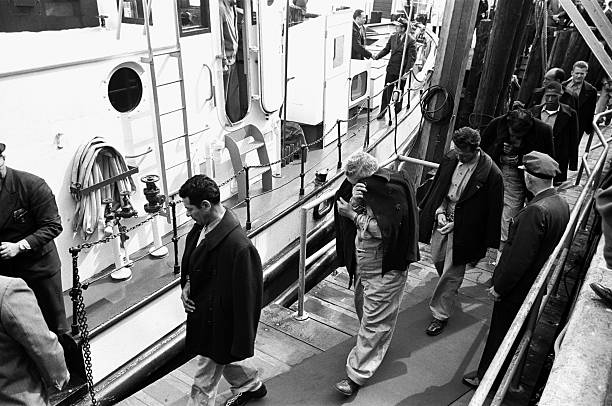In 1963, Alcatraz was officially shut down due to cost inefficiency and deteriorating infrastructure. The island was left abandoned until the Native American Occupation of 1969, when a group of Native activists occupied it for 19 months to protest federal policies and reclaim the land. This event remains a pivotal moment in the Native American rights movement. In 1972, Alcatraz became part of the Golden Gate National Recreation Area, managed by the National Park Service. It opened to the public in 1973 and now welcomes over a million visitors a year.
While Alcatraz was known for its high security and famous prisoners, one of the most enduring aspects of the prison was the psychological strain it placed on inmates. The island’s isolation, combined with strict discipline and minimal privileges, created a unique kind of mental pressure. Many inmates described Alcatraz as a place where the punishment was not just confinement—it was complete sensory and emotional deprivation. In Block D, often referred to as “The Hole,” prisoners were kept in near-total darkness for up to 19 days at a time. The silence, the cold, and the emptiness led some men to mental breakdowns.


